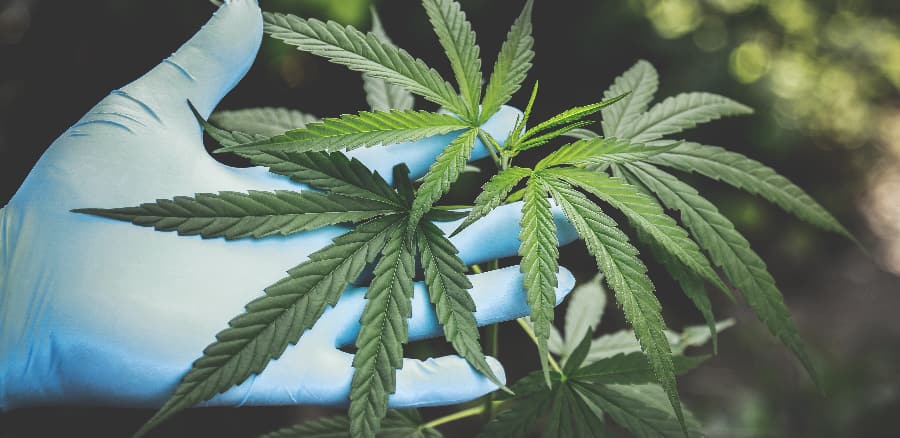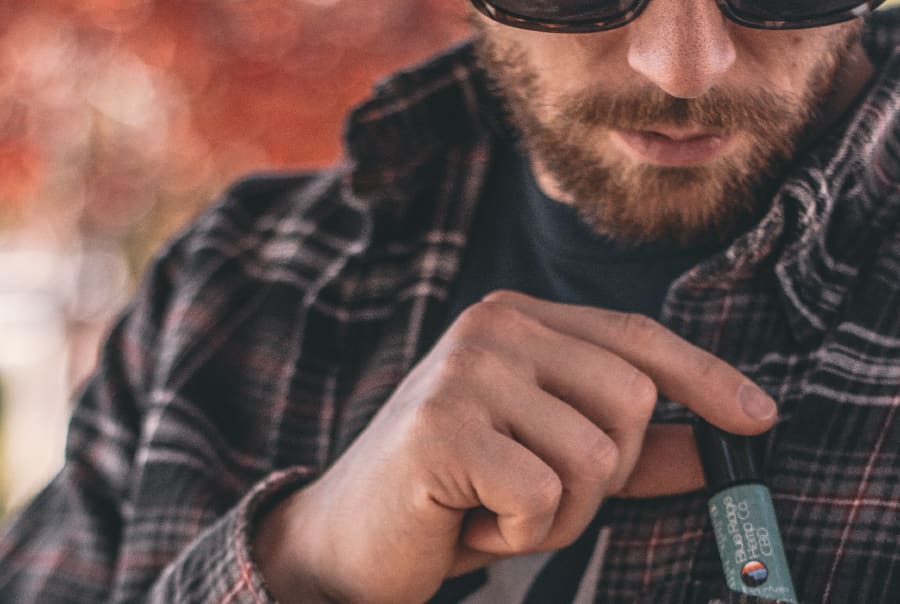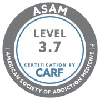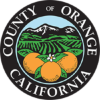Understanding the difference between CBD and THC is crucial for making informed choices about health, well-being, and cannabis consumption. While CBD offers potential therapeutic benefits without psychoactive effects, THC carries a risk of addiction and dependency. Being aware of this distinction empowers individuals to approach cannabis use responsibly. Find out more about CBD vs THC: what’s the difference?
CBD and THC both come from cannabis plants, but they interact differently in the body. The molecular composition of CBD and THS is the same, containing twenty-one carbon atoms, thirty hydrogen atoms, and two oxygen atoms. The different effects on the body are due to slight variations in how atoms are arranged.
What is Cannabidiol (CBD)?
Cannabis plants contain a substance called cannabidiol (CBD). However, CBD doesn’t get you high. [2] Both hemp and non-hemp plants can be used to produce CBD. Any part of the cannabis sativa plant with less than 0.3% of the psychoactive compound tetrahydrocannabinol (THC), the psychoactive substance in marijuana, is called hemp. [2]
In 2018, the U.S. Congress passed the Agriculture Improvement Act, which removed hemp from the federal Controlled Substances Act, which legalized CBD when it comes from hemp. Some states have not removed hemp from their controlled substance list, so the legality still varies. [2] Since then, the production of various foods, oils, lotions, and other products has flooded the market. [2]
Possible side effects of CBD
CBD does not produce the “high” that people experience when using THC products, but they are not risk-free. Potential risks and side effects include [2]:
• Liver damage
• Mood changes, like irritability
• Changes in appetite or diarrhea
• Sleepiness or feeling drowsy [2]
CBD may interfere with other medications you are taking, which can cause harm or lead to serious side effects. [2] Pregnant or breastfeeding women should not use CBD because a lot is unknown about how CBD affects fetuses and has caused adverse effects in animals, and it is unknown if CBD is passed through breast milk to the baby. [2]
There are potential risks of unintentional poisoning since many retailers that sell hemp and CBD products also manufacture and sell products that contain THC. [2] CBD products are not FDA regulated, so products labeled as hemp or CBD may contain other substances like THC, heavy metals, bacteria, fungi, etc., or pesticides. [2]

What is delta-9-tetrahydrocannabinol (THC)?
THC is the abbreviation for delta-9-tetrahydrocannabinol, a chemical substance found in resin produced by the buds and leaves of cannabis plants. [5] Cannabis contains over 500 chemicals and 100 compounds closely related to THC, called cannabinoids. [5] THC is the main intoxicating chemical in marijuana and causes the intoxicating effects many people desire. [5]
What Are the Effects of THC?
Not everyone who uses marijuana experiences a pleasant time. It can vary from person to person, including side effects. [6]:
- Relaxation
- Euphoria
- Anxiety
- Fear
- Paranoia or distrust
- Panic
Other short-term side effects can include:
- Dry mouth [4]
- Red eyes [4]
- Poor memory [1]
- Cognitive deficits [1]
- Decreased coordination [1]
Other more severe side effects can include psychosis, including hallucinations (seeing or hearing something that is not there), delusions (false belief or judgment), or loss of personal identity. These effects can be scary but are usually temporary. [5]
Long-term use of THC has been connected to an increased risk of addiction, cognitive impairment, and altered brain development in individuals whose initial use started during their teen years. [1] There are also increased risks for mental health conditions, such as schizophrenia and chronic psychosis. [1]
CBD vs THC Chemical Structure
CBD and THC have the same structure of molecules (21 carbon atoms, 30 hydrogen atoms, and two oxygen atoms). They bind with cannabinoid receptors (CB1 and CB2), which are present in the brain and many organs.
How quickly someone feels effects and how long it remains in the body largely depends on how cannabis is used. When someone inhales cannabis, 11%-45% of the drug is introduced into the body (bioavailability). [3] THC and its metabolites rapidly enter the bloodstream through the lungs, and the individual feels the highest effects within 6-10 minutes while it reaches the brain and other organs. [3]
Once THC is absorbed, it travels to the liver, where most elimination and metabolizing happens. [3] When someone eats a THC product, 4%-12% is introduced into the body. Since THC is highly lipid soluble, fat tissue absorbs it quickly. [3] More than 65% of THC is excreted in feces and about 20% in urine. [3]
For people who occasionally use THC, it takes roughly 5-15 days for the drug to leave the body, and for chronic users, it takes 25-65 days to leave the body. [3] In comparison, when someone smokes a product containing CBD, 11% to 45% is introduced into the body [3], and if someone eats a product with CBD, around 6% enters the body.
CBD is said to have “high lipophilicity” [3] which means it rapidly flows through the brain, adipose tissue, and other organs. [3] CBD is excreted mainly in feces and less in urine. [3] The CBD chemical takes roughly 4 to 7 days to leave the body.

THC Addiction Treatment Options
If you or someone you know wants to stop using marijuana and THC but are not able to stop on their own, different treatment options can help, including the following:
Cognitive behavioral therapy: Cognitive-behavioral therapy (CBT) is an effective treatment for preventing relapse. CBT teaches patients critical skills which support long-term abstinence, like recognizing situations they are most likely to use cocaine and avoiding those situations, and may be used in combination with other types of therapy.
Contingency management: Contingency management: Contingency management (CM) is one form of behavioral-based therapy that shows promising results in people who have cocaine use disorders. CM uses motivational incentives, like rewards for patients who abstain from cocaine or other drugs. Patients who show drug-free urine tests earn points or chips that can be exchanged for things that promote healthy living, like gym memberships, movie tickets, or dinner at a local restaurant.
Motivational enhancement therapy: Motivational enhancement therapy (MET) is a type of therapy that encourages an internal desire to change and motivation to begin treatment.
If you or someone you know is grappling with drug use or addiction, take action today. Reach out to Saddleback Recovery in Santa Ana, CA, for expert guidance and support. Call our helpline at 877-843-5724 to connect with our compassionate team. We offer comprehensive treatment options tailored to your needs. Don’t wait—reclaim your life and embark on the path to recovery.
References
- Andre, C. M., Hausman, J. F., & Guerriero, G. (2016). Cannabis sativa: The Plant of the Thousand and One Molecule. Frontiers in plant science, 7, 19. https://doi.org/10.3389/fpls.2016.00019
- Centers for Disease Control and Prevention (2022, August 8). CBD: What You Need to Know. Marijuana and Public Health. https://www.cdc.gov/marijuana/featured-topics/cbd.html
- Chayasirisobhon S. (2020). Mechanisms of Action and Pharmacokinetics of Cannabis. The Permanente journal, 25, 1–3. https://doi.org/10.7812/TPP/19.200
- MedlinePlus [Internet]. Bethesda (MD): National Library of Medicine (US); Marijuana intoxication. Available from: https://medlineplus.gov/ency/article/000952.htm
- 2021, April 19. What are marijuana’s effects? Retrieved from https://nida.nih.gov/publications/research-reports/marijuana/what-are-marijuana-effects on 2023, May 2
- 2019, December 24. Cannabis (Marijuana) Drug Facts. Retrieved from https://nida.nih.gov/publications/drugfacts/cannabis-marijuana








